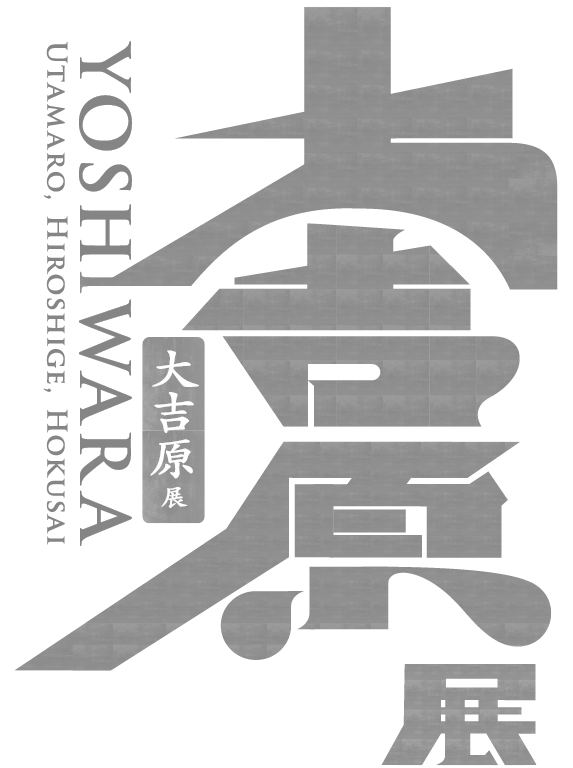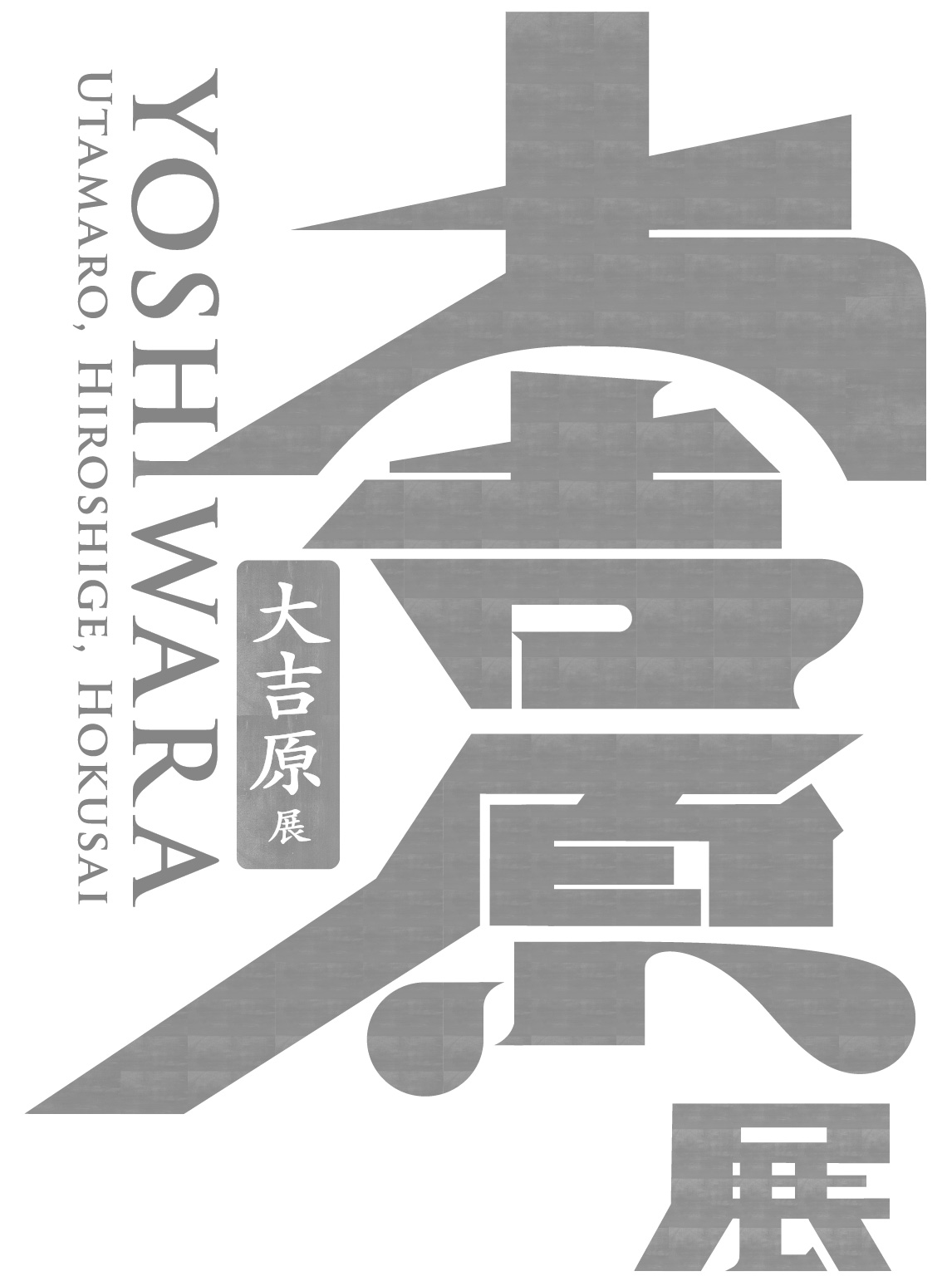



| Adults | 2,000yen |
|---|---|
| University & High school students | 1,200yen |
| Junior high school students and younger | Free |
Yoshiwara in Edo is known as the pleasure quarter licensed by the Tokugawa shogunate. The brothels were built upon the sacrifice of the courtesans who were bound into service to repay their debts and could not quit of their own free will. It was a system that would not be condoned today and must never again be repeated. At the same time, Yoshiwara, which continued operating for about 250 years, was also at the forefront of transmitting trends in literature and the arts as well as fashion.
Special social occasions marked by the seasons made Yoshiwara into a fabricated realm where extravagant and extraordinary events were staged throughout the district. These included the ‘Nakano-chō no sakura’ which involved temporarily planting hundreds of cherry trees in the third lunar month to enjoy viewing the blossoms; the Tamagiku Lantern Festival in which the teahouses were decorated with elaborate lanterns and other handicrafts during the Obon memorial festival in the seventh lunar month; and the Niwaka Festival which involved outdoor performances by geisha in the eighth lunar month of the year. In addition, calligraphy, waka and haikai poetry, kimono, crafts, book publishing, dance, music, ikebana (flower arrangement) and tea ceremony flourished. These aspects of Yoshiwara were depicted by many ukiyo-e artists, and publishers such as Tsutaya Jūzaburō and cultural figures like Ōta Nanpo made Yoshiwara the site for their thriving ventures. Yoshiwara became popular with locals in Edo and was also visited by sightseers from the provinces.
It is not the intention of this exhibition to condone the system established at Yoshiwara. This exhibition comprises approximately 230 artworks related to Yoshiwara gathered from art museums throughout Japan as well as from the Wadsworth Atheneum Museum of Art and the British Museum. It showcases paintings and nishiki-e (multi-colour woodblock prints) by Hishikawa Moronobu, Hanabusa Itchō, Kitagawa Utamaro, Chōbunsai Eishi, Katsushika Hokusai, Utagawa Hiroshige, and Sakai Hōitsu; the oil painting ‘Oiran’ by Takahashi Yuichi, a work designated an ‘Important Cultural Property’ and on display for the first time since its conservation; as well as various crafts. Through careful appraisal of the artworks, the exhibition explores the aesthetic sensibilities of the time that were borne out of Edo period Yoshiwara.